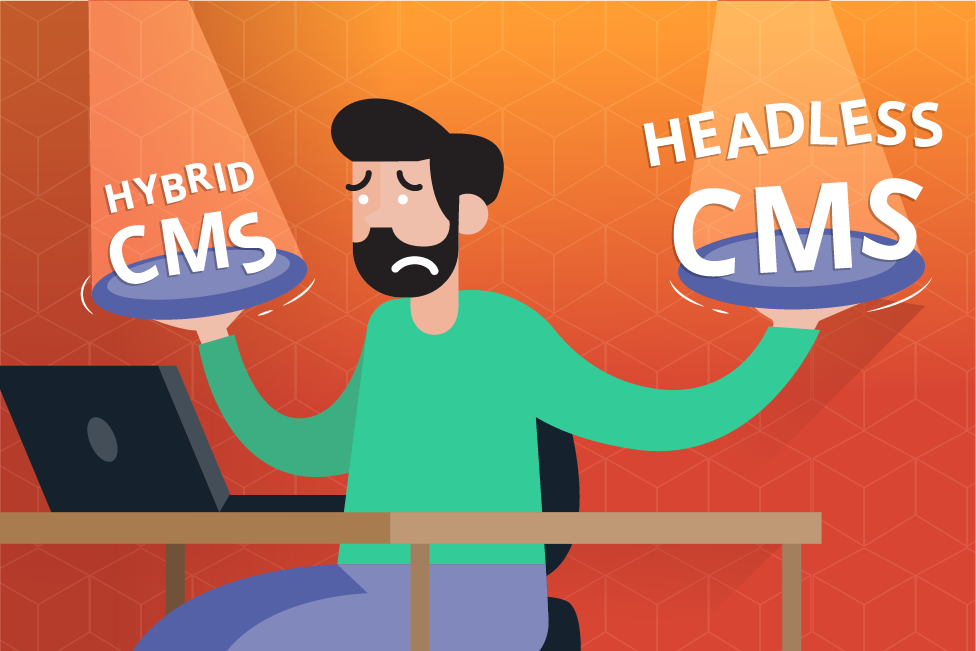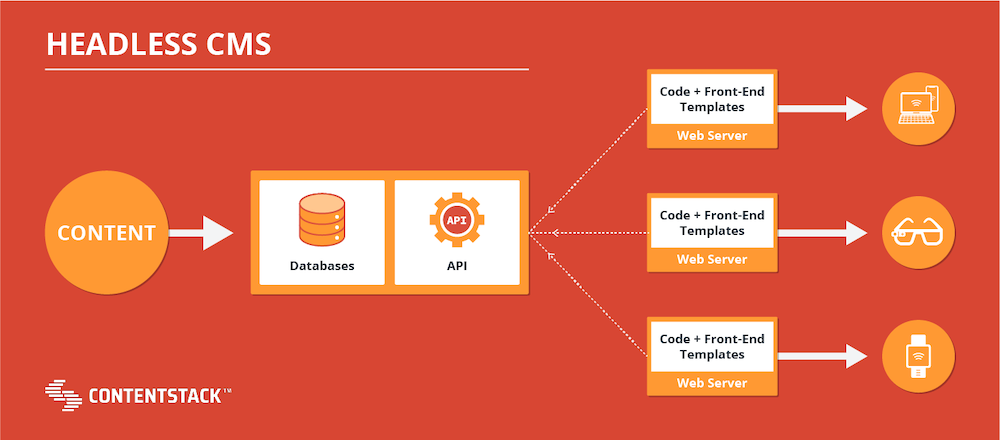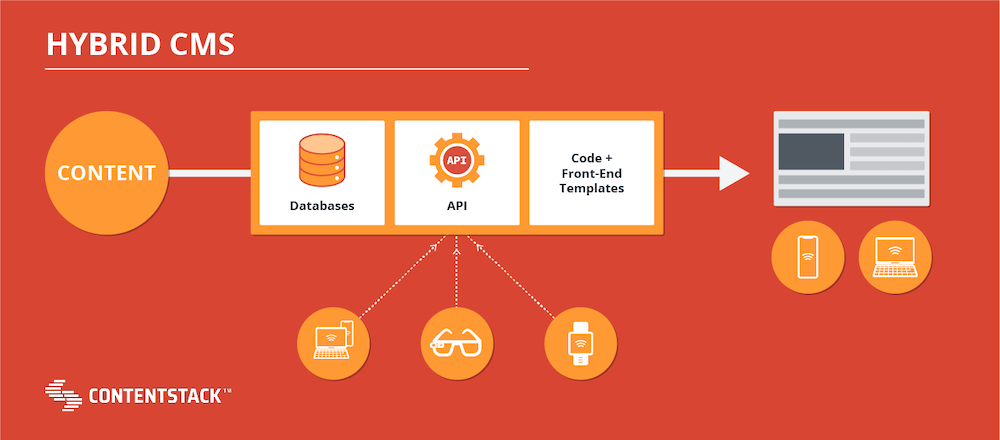Is your business ready to provide experiences to billions of connected IoT devices? That’s the question companies with any sort of digital presence will need to answer effectively as the popularity of connected devices continues to grow. From wearables and hearables to smart speakers and smart homes, the customer’s experience and buying journey is increasingly shaped by the content they receive via these connected devices.

Businesses and governments are responding to the rapidly expanding ways in which citizens and consumers expect to interact with content, products, and services. The examples abound: Cities like Barcelona and Seattle are becoming “smart cities” by embracing IoT technology that boosts energy efficiency, enhances infrastructure, and improves security along the way. Amazon recently launched a new range of connected devices, including clocks and microwaves.
So back to the question at hand: is your business ready to deliver experiences of that caliber at break-neck speed? If you’re just figuring out how you’re going to deliver high-quality experiences to the growing number of connected devices out there, you have to first determine how you’re delivering content to consumers.
Let’s parse through some of the jargon around content management systems (CMS) to help you decide which type of CMS is best for your organization and its unique needs.
What Is a Headless CMS?

The big difference with a headless CMS is that it comes without a proprietary front-end system that predetermines how content is shared with the end-user. Content is not only decoupled from the front-end delivery layer, but it’s also front-end agnostic. Headless CMSes store your content in raw form, acting as a content repository.
For content managers, this means a lack of WYSIWIG editors or templates. Instead, the system interacts with the content and various APIs that allow the content to be delivered to any device.
So why (and how) is a headless CMS solution great for enterprise marketing teams? First, decoupled content allows marketing teams to move with autonomy and agility, which is huge when it comes to beating competitors to market. It also helps businesses avoid “vendor lock.” With headless, a brand’s IT team has the freedom to develop front-end applications using any framework they prefer.
At the same time, the “stripped down” backend that many headless solutions possess can create some challenges when it comes to the authoring experience. To solve this, IT buyers should look specifically for an enterprise-ready headless CMS platform that comes equipped with features for marketing users.
Advantages of Headless CMS
Here’s what you have to look forward to when adopting headless CMS:
Disadvantages of Headless CMS
If you’re going headless, you should also be aware of one of the most common disadvantages:
Now, let’s take a look at another kind of CMS, hybrid CMS, to see how it differs from headless.
What Is Hybrid CMS?

A hybrid CMS is a headless, decoupled CMS with a front-end. It is a traditional, monolithic CMS that also has a content-as-a-service (CaaS) API. While decoupled from the backend, a hybrid CMS includes a presentation layer similar to a traditional or coupled CMS at the same time using a headless architecture for delivery. A hybrid CMS is a “halfway” solution. It gives developers some freedom (powered by a content API) to deliver content across multiple channels while offering marketers some of the interfaces they’re used to from traditional CMS for delivering content to web channels.
Since you can learn a lot about a solution by checking out its pros and cons, we’ve outlined those here:
Benefits of Hybrid CMS
Limitations of Hybrid CMS
Before you jump on board with hybrid, it’s important to understand the challenges you might face:
That’s the scoop on the differences between headless and hybrid. Now let’s put it all together and figure out the ideal use cases for each!
When To Use Headless CMS vs. Hybrid CMS

We wish we could give you a cut-and-dried answer as to which CMS is best for your organization. However, we believe that your specific business objectives should be the foremost factor when choosing a CMS.
What we can say is if you answer “Yes!” to our question “Is your business ready to provide experiences to billions of connected IoT devices?” — you have to go with the single best CMS for dynamic content, mobile experiences, smart spaces, connected devices, and more. You have to go with a headless CMS.
If, however, the authoring experience is a priority for you — maybe you’re just building a desktop intranet, or you’re not ready to take your business fully omnichannel just yet — then hybrid CMS will offer the features you need. Just be sure not to build a piecemeal solution that creates “content debt” that will need to be paid once you eventually go fully omnichannel.
To learn even more about decoupled and headless CMS solutions, check out this handy guide. And if you want to see some really staggering stats about how IoT is taking over the world, don’t miss this infographic showing how connected devices are shaping consumer behavior.
Related Articles
Here are some CMS articles we think you'll find useful.
Everything You Need to Know About Contentstack
Discover Contentstack CMS features and benefits that add great value to businesses searching to simplify content delivery across all devices.
Read more
10 MUST KNOW CMS Development Trends
Review the most impactful web development trends of 2018 and beyond, and the advancements that will have a lasting impact on how development is done as a whole.
Read more
10 More Tips on How to Choose the Right CMS
To choose a CMS that’s right for your team – and to avoid from making beginner mistakes, follow these 10 tips when choosing a CMS for your team.
Read more
